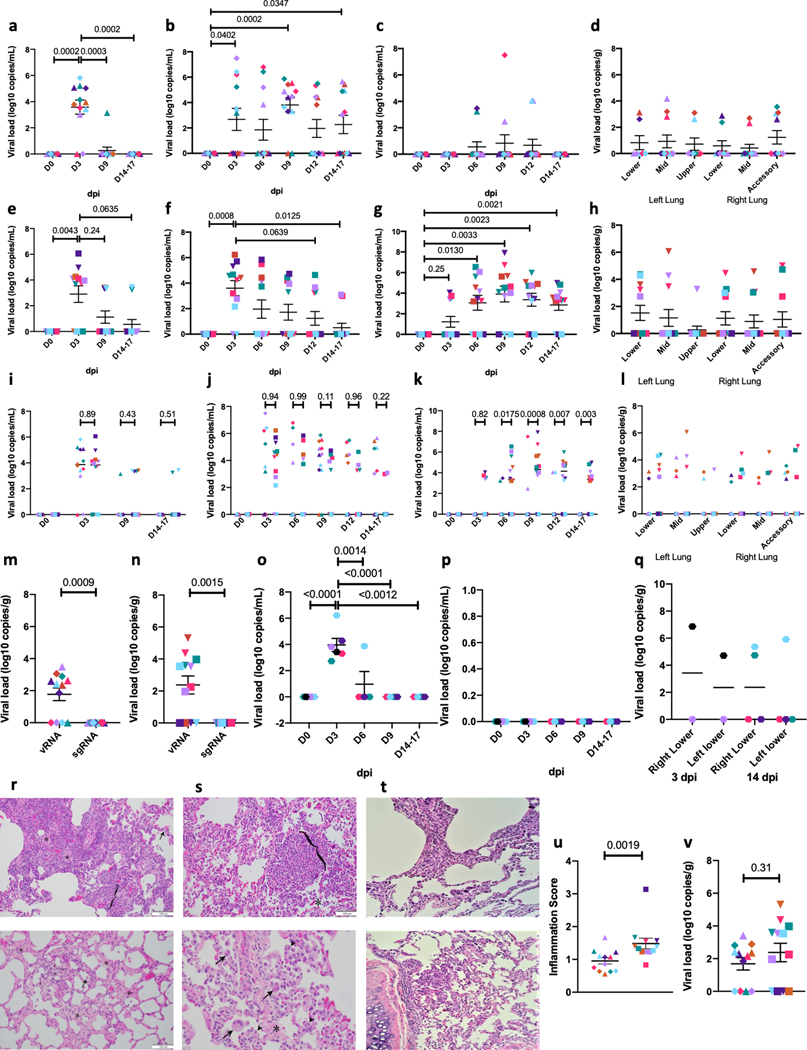Figure 1. SARS-CoV-2 RNA and histopathology in rhesus macaques, baboons and marmosets.
Viral RNA in BAL fluid (a) and nasopharyngeal (b), rectal (c) swabs collected longitudinally and lung tissue homogenates (d) collected at endpoint (14–17 dpi) from SARS-CoV-2 infected rhesus macaques. Viral RNA in BAL fluid (e) and nasopharyngeal (f) and rectal (g) swabs collected longitudinally and lung tissue homogenates (h) at endpoint (14–17 dpi) from SARS-CoV-2 infected baboons. (n=12). Comparison of viral RNA in BAL fluid (i) and nasopharyngeal (j), rectal (k) swabs and lung (l) of SARS-CoV-2 infected rhesus macaques and baboons. To estimate the persistence of replicative virus we performed the subgenomic RNA estimation on endpoint lung samples of rhesus macaques (m) and baboons (n). (n=12). Viral RNA in nasal wash (o) and oral (p) swabs longitudinally. (n=6 for 0–3 dpi and n=4 for 6–14 dpi). Viral RNA was also measured in lung homogenates marmosets (q) at endpoint (3 dpi, n=2 & 14 dpi, n=4). One way (a-c, e-g, m-n) and Two way (i-l) Repeated-measures ANOVA with Geisser-Greenhouse correction for sphericity and Tukey’s post hoc correction for multiple-testing (GraphPad Prism 8). Data are represented as mean± SEM. Histopathologic analysis in infected rhesus macaques revealed regionally extensive interstitial lymphocytes, plasma cells, lesser macrophages and eosinophils expanding the alveolar septa (bracket) and alveolar spaces filled with macrophages (*). Normal alveolar wall is highlighted (arrow) for comparison (r, upper panel). Alveolar spaces with extensive interstitial alveolar wall thickening by deposits of collagen (*) and scattered alveolar macrophages (arrow) (r, lower panel). Histopathologic analysis in infected baboons also revealed regionally extensive interstitial lymphocytes, plasma cells, lesser macrophages and eosinophils expanding the alveolar septa (bracket) and alveolar spaces filled with macrophages (*) (s, upper panel). Alveolar wall thickening by interstitial deposits of collagen (*), alveoli lined by occasional type II pneumocytes (arrowhead) and alveolar spaces containing syncytial cells (arrow) and alveolar macrophages (s, lower panel). Histopathologic analysis in marmosets revealed milder form of interstitial lymphocytes, and macrophages recruited to the alveolar space (t). Comparison of endpoint viral titer (u) and lung inflammation score (v) of infected rhesus macaques and baboons. (n=12). One tailed Mann-Whitney U test was applied. (Rhesus macaques: Old-Triangle, Young Diamonds; Baboons: Old-Inverted triangle, Young-Square; Old marmosets: Hexagon; Colors represent individual animals, Supplementary Table 1).

